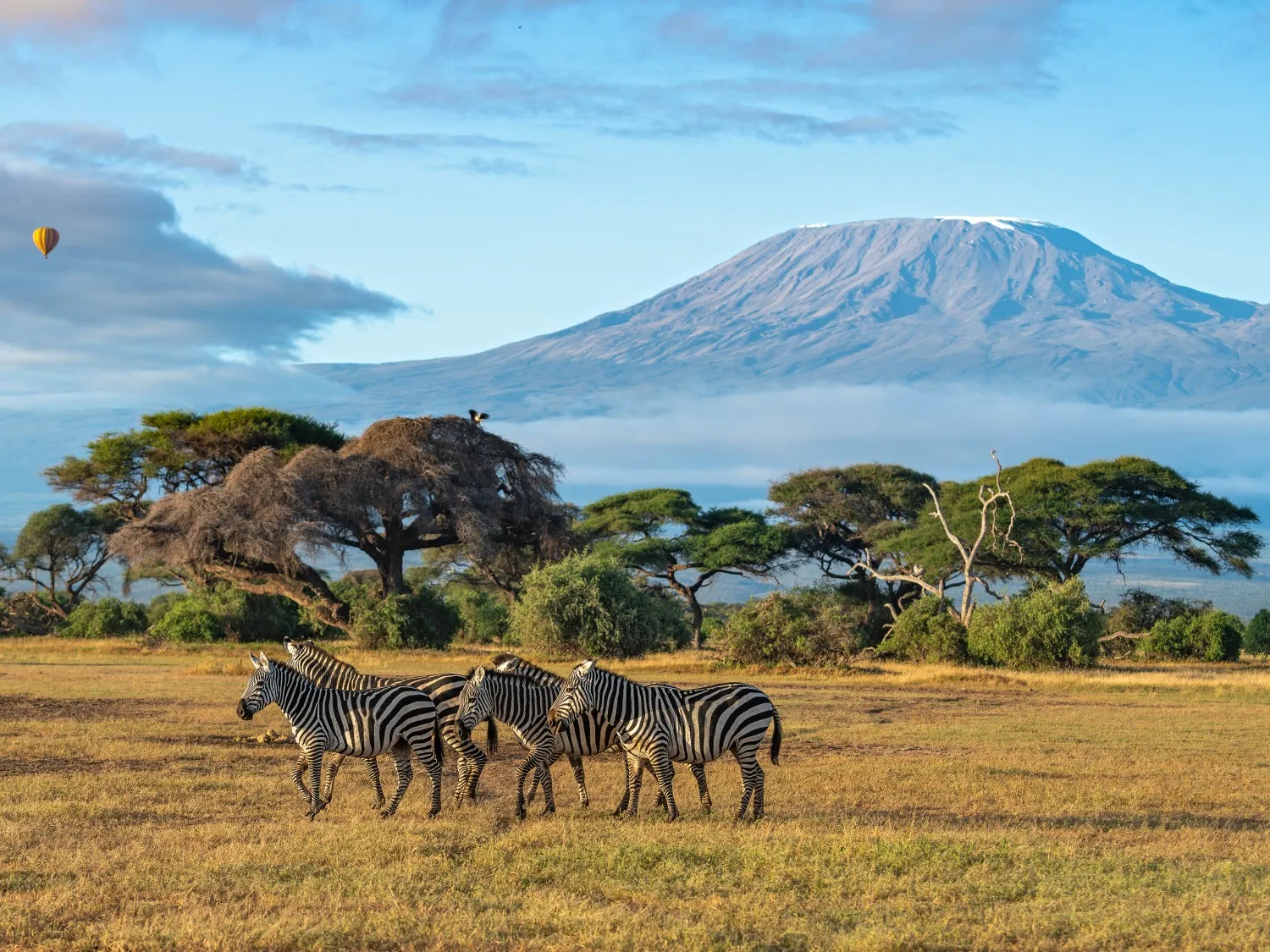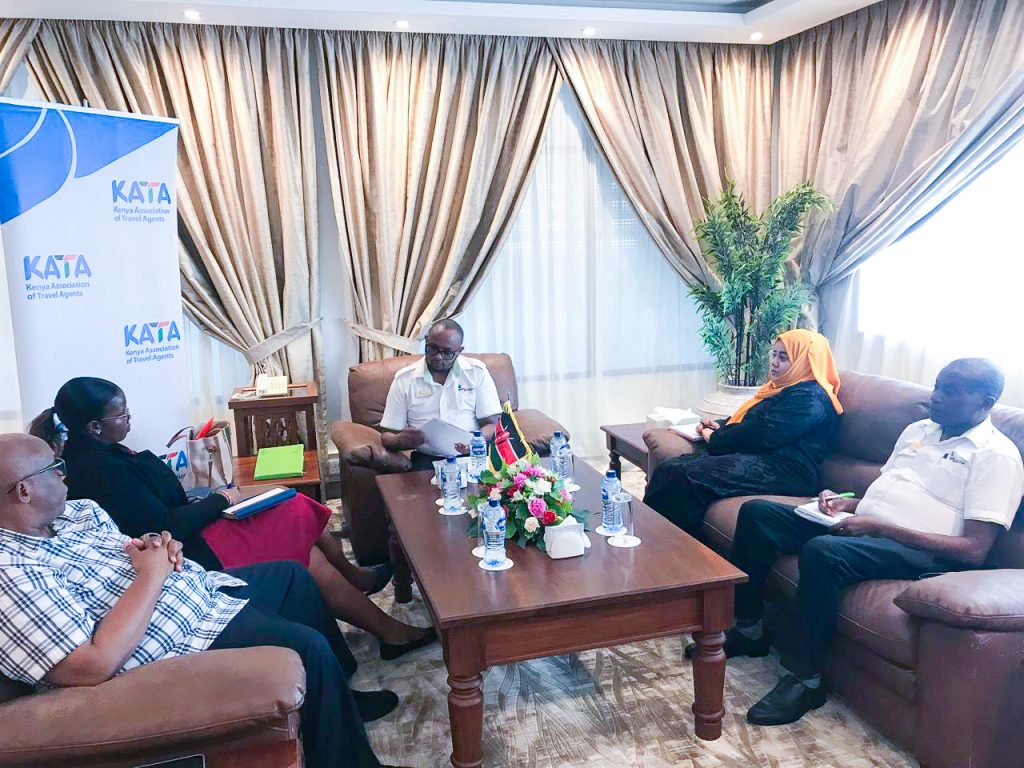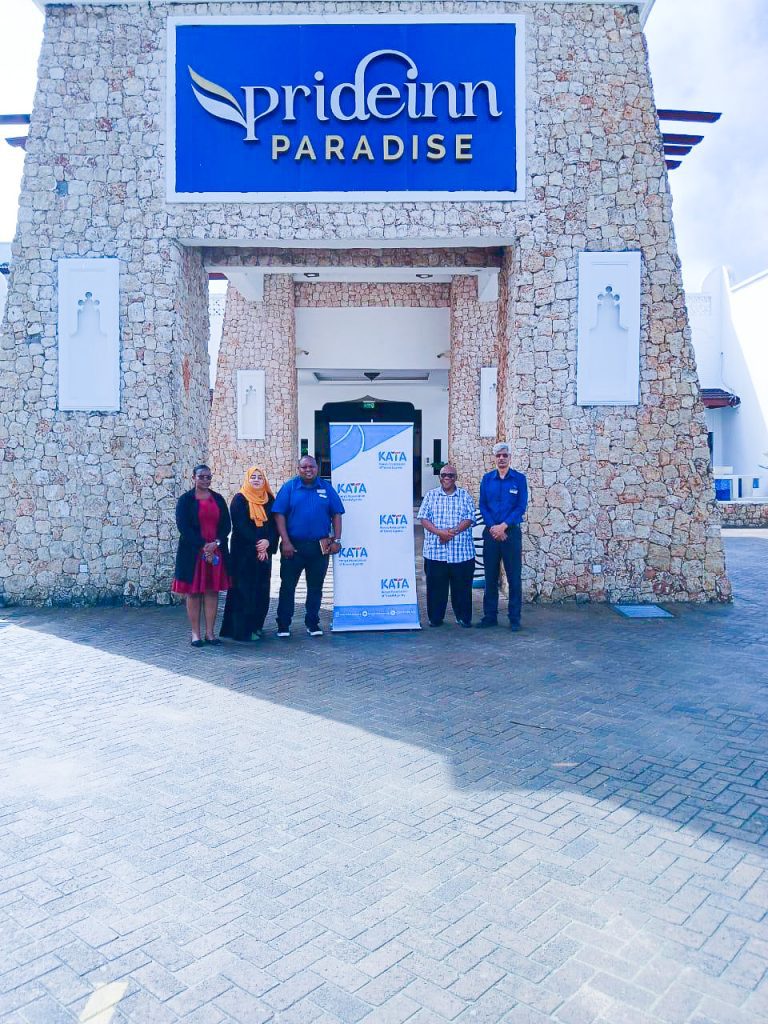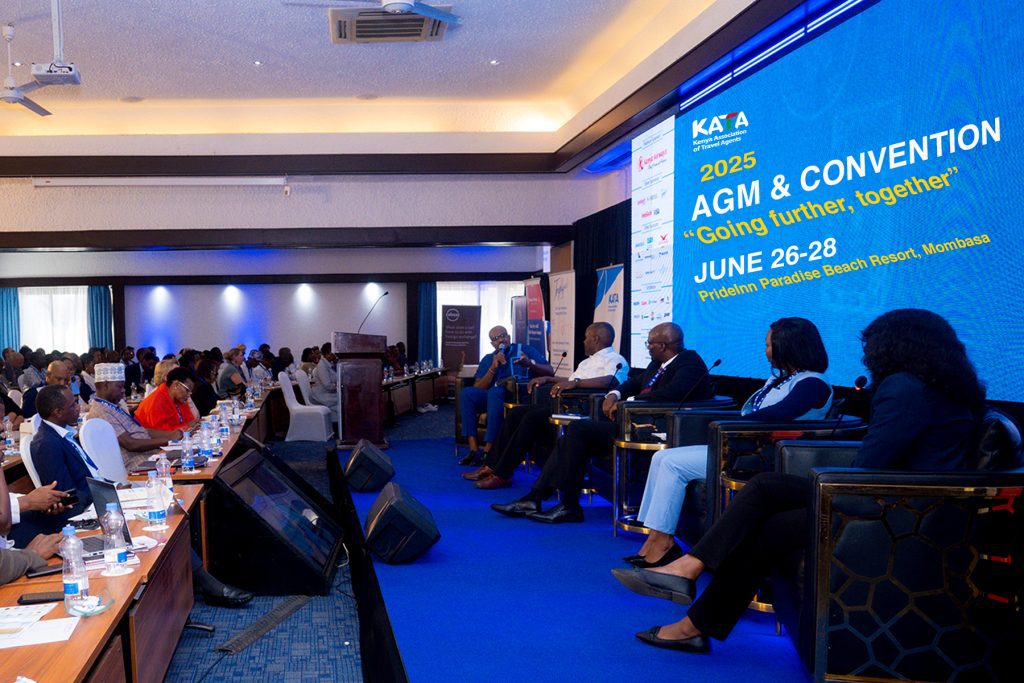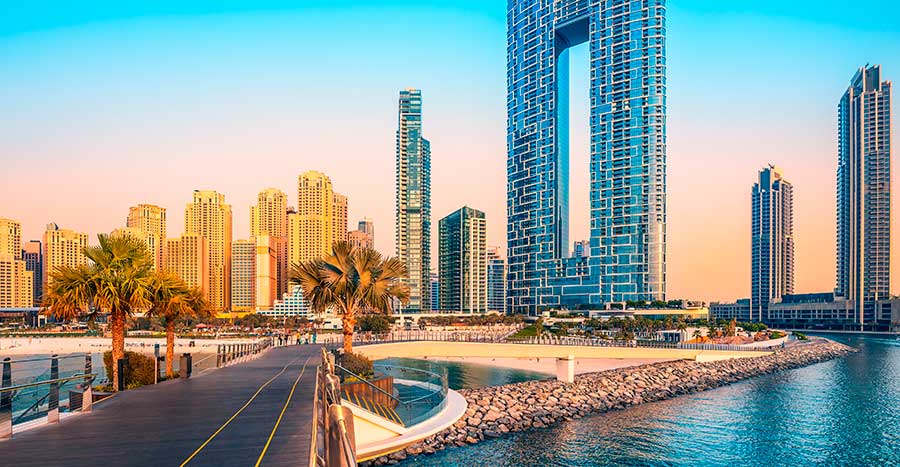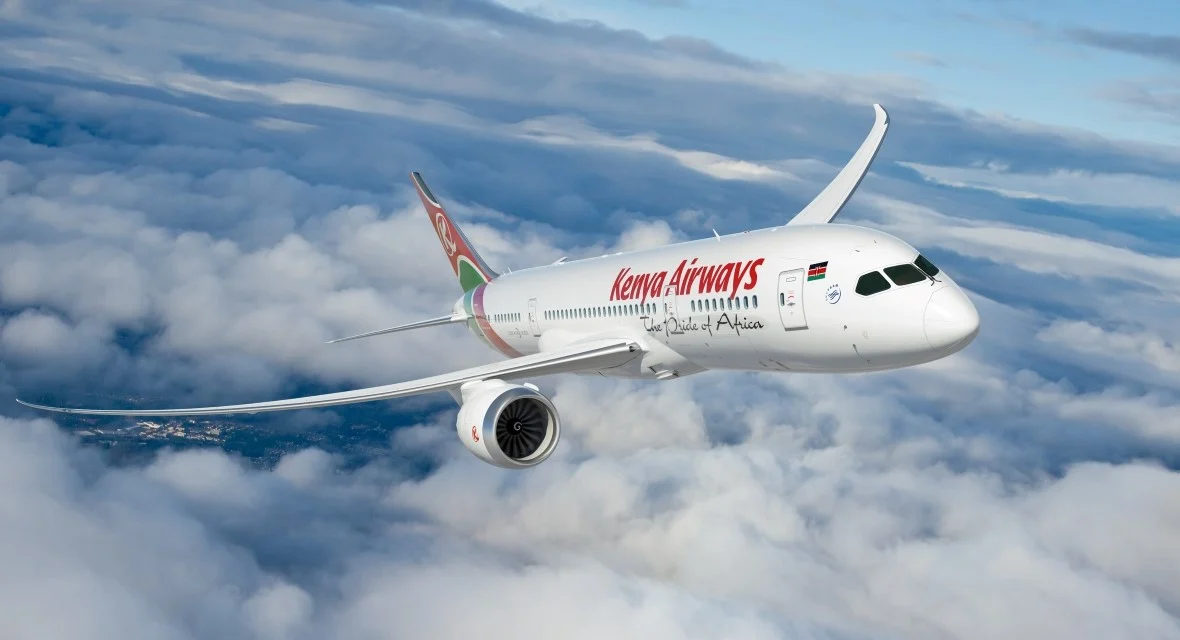Zimbabwe is rapidly emerging as Africa’s hidden paradise, captivating adventurous travelers with its jaw-dropping landscapes, unrivaled wildlife encounters, and once-in-a-lifetime experiences. From the thunderous spectacle of Victoria Falls and the vast, untamed wilderness of Hwange National Park to vibrant cultural hubs like Harare,
Zimbabwe offers an extraordinary blend of natural beauty, rich biodiversity, and authentic African heritage that remains largely undiscovered by mass tourism, making it the perfect destination for those seeking unique and unforgettable adventures.
Zimbabwe: Africa’s Hidden Gem Offering Unmatched Natural Beauty and Wildlife Experiences
Also Read: Only 2 Weeks to Go: Countdown to KATA’s 2025 AGM & Convention in Mombasa
While many travelers flock to well-known African destinations, there lies a country often overlooked yet offering some of the continent’s most breathtaking scenery and unforgettable wildlife encounters — Zimbabwe. Tucked in southern Africa, Zimbabwe remains one of the most underrated destinations not only in Africa but arguably in the world.
Travel vlogger and content creator Tayo Aina recently brought Zimbabwe into the spotlight, showcasing its rich landscapes and vibrant wildlife in one of his global travel documentaries. Describing it as possibly the most underrated country on the planet, he provided a fresh perspective on why this remarkable nation deserves far more attention from global travelers.
A Land of Stunning Natural Wonders
Zimbabwe is nestled between Zambia, Mozambique, South Africa, and Botswana, and is home to more than sixteen million people. Despite its spectacular offerings, it remains off the radar for many international tourists. However, those who venture into this magnificent country are rewarded with experiences that rival — if not surpass — some of Africa’s most famous attractions.
Central to Zimbabwe’s captivating charm is Victoria Falls, celebrated as one of the planet’s most magnificent and expansive waterfalls. Locally referred to as “The Smoke That Thunders” (Mosi-oa-Tunya), this natural wonder sits along the Zimbabwe-Zambia border, where the powerful Zambezi River plunges forcefully over towering cliffs, creating a breathtaking spectacle. The sight and sound of the powerful waters crashing below is an awe-inspiring experience, often compared to the famous Niagara Falls but with a raw, untamed African character.
Immersive Wildlife Encounters
Beyond its iconic waterfall, Zimbabwe offers a wealth of wildlife adventures that allow visitors to come face-to-face with some of Africa’s most majestic creatures. Tayo Aina’s exploration captured a unique elephant and cheetah experience, offering close encounters with these incredible animals in their natural habitats.
One of the best ways to experience Zimbabwe’s wildlife is through its renowned national parks and sanctuaries. Hwange National Park ranks among Zimbabwe’s top wildlife havens. Spanning the largest area of any park in the country, Hwange shelters an incredible diversity of animals, from massive elephant herds and powerful lions to elusive leopards, towering giraffes, and a rich variety of birdlife. Safari enthusiasts can embark on guided tours that showcase the park’s remarkable biodiversity and stunning landscapes.
Matobo National Park also offers unique wildlife experiences alongside ancient rock formations and cultural heritage sites. The park is famous for its significant population of endangered black and white rhinos, and its granite outcrops provide dramatic panoramic views of the Zimbabwean countryside.
For those interested in conservation, Imire Rhino & Wildlife Conservation and Mukuvisi Woodlands offer hands-on educational experiences that highlight Zimbabwe’s efforts to protect its endangered species while allowing visitors to observe animals up close in safe, natural environments.
Sanctuaries and City Adventures
Wild is Life, an animal sanctuary located in the capital city of Harare, offers another opportunity for visitors to connect with native wildlife. The sanctuary provides care for orphaned and injured animals, including elephants, lions, and cheetahs, allowing guests to witness the country’s conservation efforts firsthand.
Harare itself is more than just a gateway to safaris and sanctuaries. Zimbabwe’s capital is a vibrant city brimming with culture, local markets, art galleries, and a growing culinary scene. Visitors can enjoy everything from traditional Zimbabwean cuisine to international fare, while soaking in the warmth and hospitality of the local population.
Accessibility and Travel Information
Getting to Zimbabwe is easier than many travelers realize. The country is served by several international airports, providing convenient access depending on your travel itinerary. Robert Gabriel Mugabe International Airport in Harare, Joshua Mqabuko Nkomo International Airport in Bulawayo, and Victoria Falls International Airport serve as major entry points for travelers from across the globe. Most international visitors will need to connect through regional hubs before arriving in Zimbabwe.
The UK Foreign Office currently does not advise against travel to Zimbabwe, though, as with any destination, travelers are encouraged to stay informed and exercise standard precautions.
Zimbabwe rises as Africa’s hidden paradise, offering fearless travelers breathtaking waterfalls, epic wildlife safaris, and authentic cultural experiences that create unforgettable, once-in-a-lifetime adventures.
An Untapped Treasure for Adventurous Travelers
In recent years, platforms like YouTube, TikTok, and Reddit have witnessed a surge of travelers sharing their unforgettable experiences in Zimbabwe. The country’s blend of majestic scenery, diverse wildlife, rich culture, and welcoming people make it a destination that stands apart from the usual tourist trail. For those seeking an authentic African adventure away from the crowds, Zimbabwe offers an experience that friends and family may not have yet discovered.
As word continues to spread through travel influencers and adventurous tourists alike, Zimbabwe’s status as Africa’s hidden gem may not remain a secret for long. Now is the perfect time to explore this remarkable destination while it still retains its untouched charm and raw beauty.
Source: travelandtourworld





